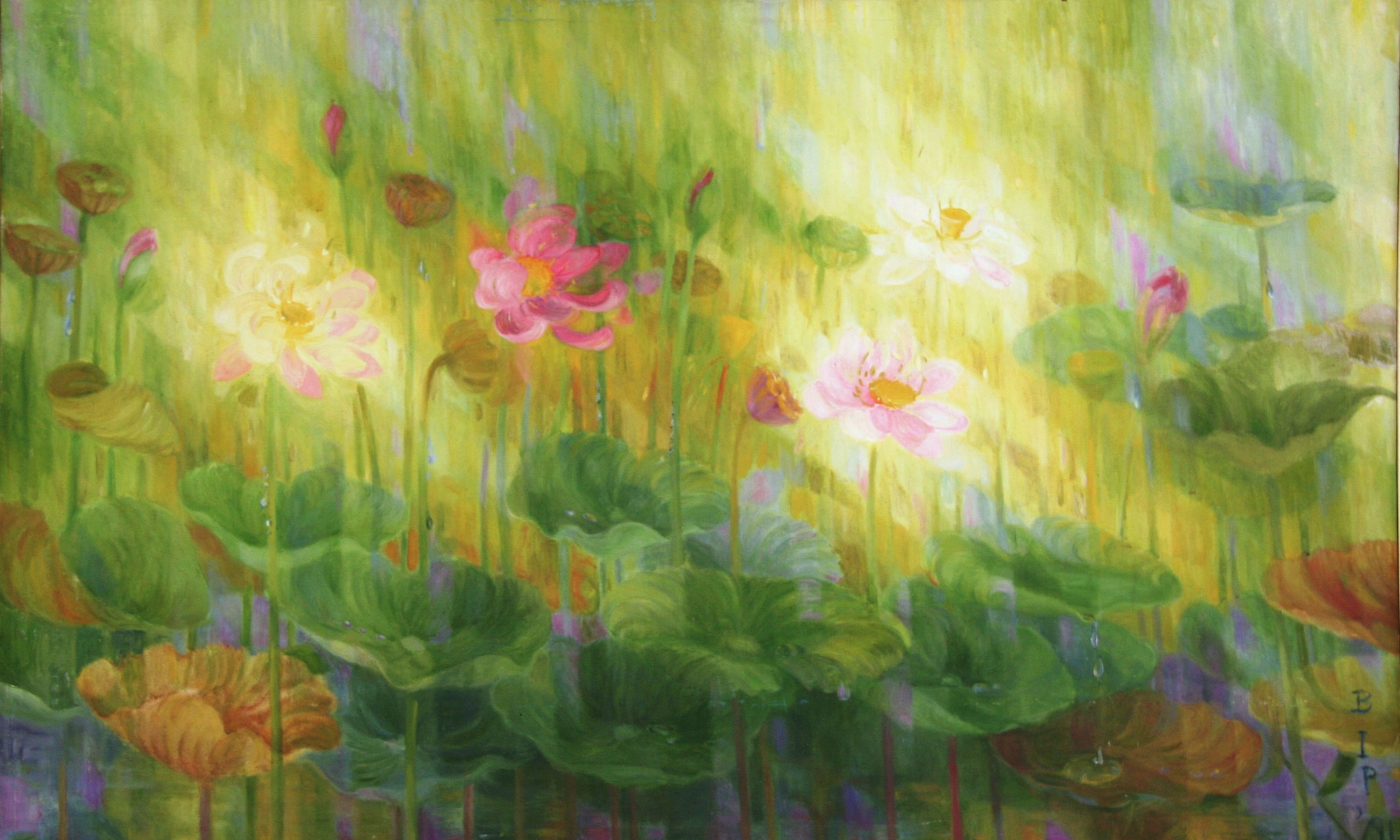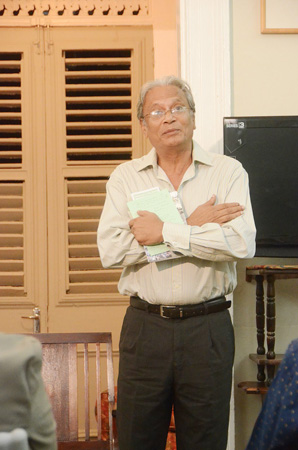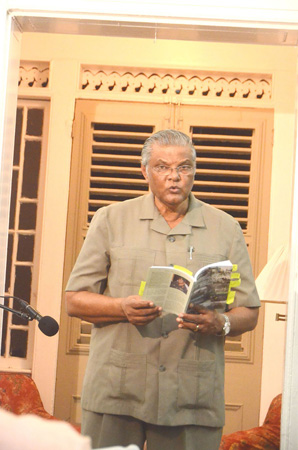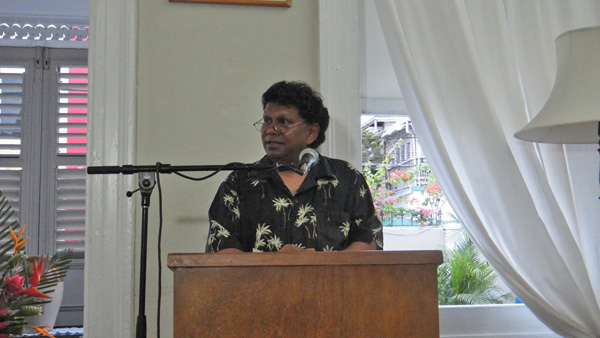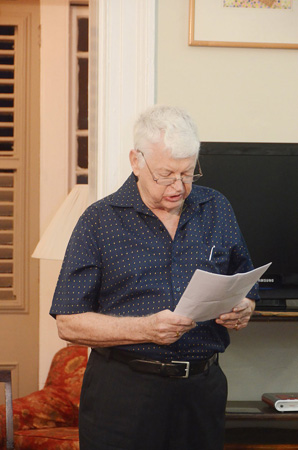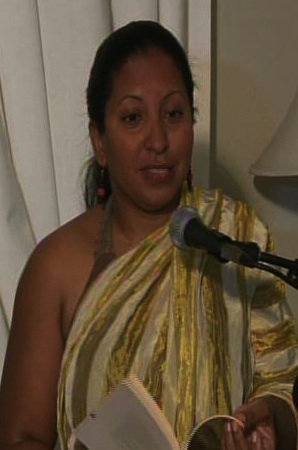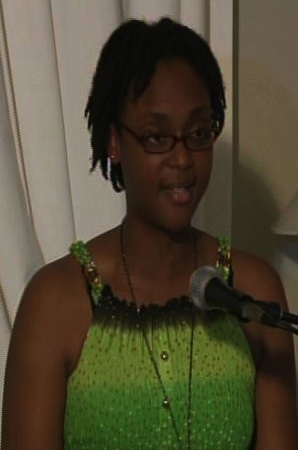THE BUILDING BLOCKS OF POEMS
SITUATION OF THE POEM: Who is speaking? About what? To whom?
MESSAGE/THEME: What is the poet concerned about? What message is being conveyed? The situation of the poem may be a kind of parable: a poem about a deer being killed by a car may be a discussion of the destructiveness of technology; a poem relating the story of a werewolf may be a criticism of gossiping.
CLASSIFICATION:
Epic (narrative, serious subject, lengthy) Dramatic, Lyric
STRUCTURE OF THE POEM: Does the poem have a regular shape? Regular stanzas? Is it broken up into sections?
SECTIONS: Trace the development of the argument in the different sections of the poem. Can you find a turning point when the argument/tone changes direction?
SPEAKER: Point of view is always important in literature. Who or what is speaking? Is the choice of speaker effective?
RHYME:
End rhymes (at line ends: rhyme/time; fruit/boot. Notice rhyme is about the sound, not the spelling!) Half-rhymes/near rhymes (dark/lurk; apple/supple; blade/blood) Internal rhymes (Rhyming words that are not at the line-ends)
What does rhyming achieve?
Rhymes may suggest order (or inevitability) Half rhymes may suggest a failed attempt to find order and harmony Some rhymes produce humour (as in limericks). Some are ironic (as in Pope’s poetry) Much modern poetry dispenses with rhymes and regular stanzas. We call this poetry FREE VERSE.
RHYTHM:
Rhythm is created by the particular arrangement of long and short (stressed and unstressed) syllables.
Compare the following rhythm patterns:
And on a sudden, lo the level lake OR The shining sun is hidden in the sky (v–,v–,v–) And the cheers and the jeers of the young muleteers (vv–,vv–,vv–,vv–) Cannon to right of them, cannon to left of them (–vv,–vv) Now and then we hear them call (–v,–v,–v,–v)
What does rhythm achieve?
The rhythm can suggest rocking, dancing, marching, slow, heavy footsteps, etc. Absence of rhythm may suggest a distressed state of mind or a hesitant fumbling and stumbling to find the answers.
2: Notice that key ideas and important words are often signaled by a disruption of the established rhythm.
SOUND EFFECTS: In addition to rhyme and rhythm, the poet uses other sound effects: Alliteration
Assonance Onomatopoeia
DICTION:
Poetry appeals to our senses and our emotions. Look out for diction (carefully chosen words) that create a particular emotion or that stir one of your senses.
IMAGERY:
The term imagery covers all the poetic devices that create a picture (image) in your mind. The main devices are:
- Simile Metaphor
- Personification Allusion
MOOD:
the blossoms were full blown/like polished poems.
A curious tale that threaded through the town Through graying women sewing under eaves, Red flowers hang their heads in awful sorrow the Holy Ghost over the bent/ World broods (allusion to Genesis account of Creation) What feeling(s) do you have as you read? Those are the MOOD of the poem. You may feel angry, dismayed, amused, reverent, shocked, etc.
TONE:
What attitude does the speaker take to the subject in hand? That is the TONE of the poem. The tone may be reverent, philosophical, mocking, sarcastic, flippant, complaining, disrespectful, etc.
Moray House Trust Young Writers of Poetry Workshop Session # 2 ~ May 18, 2012
Facilitated by Dr. Joyce Jonas
Sponsored by Scotiabank
